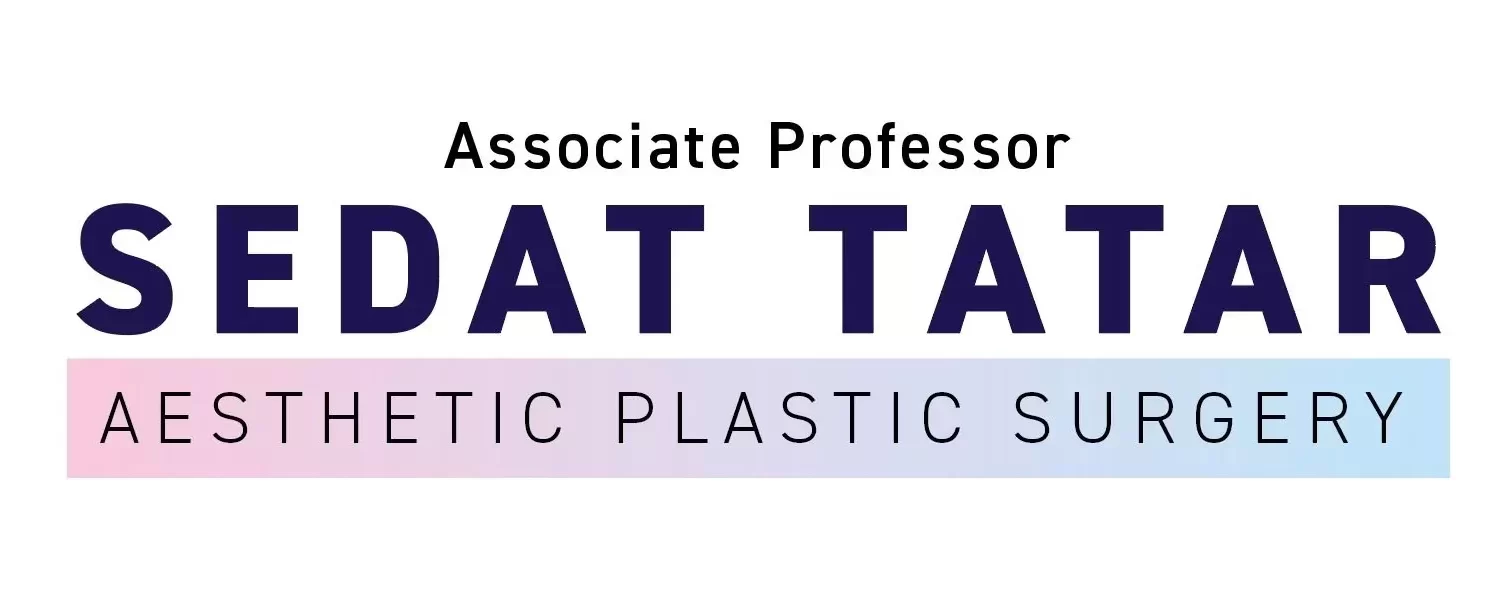Facelifts Unveiled: Techniques, Recovery, and Lasting Results
Facelift procedures have become increasingly popular in the realm of cosmetic surgery, offering individuals the opportunity to turn back the hands of time and rejuvenate their appearance. As technology and medical techniques advance, facelift procedures have evolved, providing more refined and natural-looking results. In this comprehensive guide, we will delve into the various facelift techniques, the recovery process, and the lasting results that individuals can expect from these transformative procedures.
Traditional Facelift

The traditional facelift remains a popular choice for those seeking a comprehensive rejuvenation of the face. This procedure involves making incisions along the hairline and behind the ears, allowing the surgeon to lift and reposition underlying tissues. Excess skin is then trimmed, resulting in a smoother, firmer appearance. While this technique is effective, advancements in the field have led to more targeted and less invasive alternatives.
Mini Facelift
The mini facelift, also known as a “weekend facelift,” is a less extensive procedure that focuses on specific areas of the face, such as the lower face and neck. This technique is ideal for individuals with mild to moderate signs of aging and requires smaller incisions, resulting in a quicker recovery time.
SMAS Facelift
The SMAS (Superficial Musculoaponeurotic System) facelift is a more advanced technique that addresses both the skin and underlying muscle layer. By tightening the SMAS, surgeons can achieve longer-lasting and more natural-looking results. This method is often considered a middle ground between traditional and mini facelifts, offering comprehensive facial rejuvenation with reduced scarring.
Thread Lift
For those seeking a non-surgical option, the thread lift has gained popularity. This procedure involves the use of dissolvable threads that are strategically placed beneath the skin to lift and tighten sagging tissues. While the results are temporary compared to surgical facelifts, the thread lift provides a less invasive alternative with minimal downtime.
Facelift Procedures: The Facelift Recovery Process

Following a facelift procedure, patients can expect some swelling, bruising, and discomfort. The initial recovery period varies depending on the extent of the surgery but typically lasts one to two weeks. During this time, patients are advised to rest, avoid strenuous activities, and follow their surgeon’s post-operative care instructions.
Pain management is a crucial aspect of the recovery process. Surgeons may prescribe pain medications to alleviate discomfort during the initial days. Additionally, applying cold compresses and keeping the head elevated can help reduce swelling and enhance the healing process.
As the initial swelling subsides, patients can gradually resume their normal activities. However, it’s essential to avoid strenuous exercise and heavy lifting for several weeks to ensure proper healing. Patients are also encouraged to protect their skin from sun exposure and follow a skincare routine recommended by their surgeon.
Long-Term Results and Maintenance
One of the key advancements in facelift procedures is the emphasis on achieving natural-looking results. Modern techniques focus on repositioning tissues rather than simply pulling the skin taut, resulting in a more youthful appearance without the telltale signs of surgery.
The longevity of facelift results depends on various factors, including the individual’s age, skin quality, and lifestyle choices. While no procedure can halt the natural aging process, facelifts can set back the clock significantly. The effects are long-lasting, with many patients enjoying a rejuvenated appearance for up to 10 years or more.
To maximize the longevity of facelift results, patients are often advised to maintain a healthy lifestyle, including a balanced diet, regular exercise, and proper skincare. Additionally, periodic follow-up appointments with the surgeon allow for assessments and any necessary touch-ups to ensure continued satisfaction with the results.
Facelift procedures have evolved into sophisticated techniques that cater to a diverse range of individuals seeking facial rejuvenation. From traditional facelifts to minimally invasive options like thread lifts, there are choices available to address varying degrees of aging. Understanding the recovery process and committing to long-term maintenance are integral to achieving lasting results. As technology continues to advance, facelift procedures are likely to become even more refined, offering individuals the opportunity to age gracefully and confidently.







